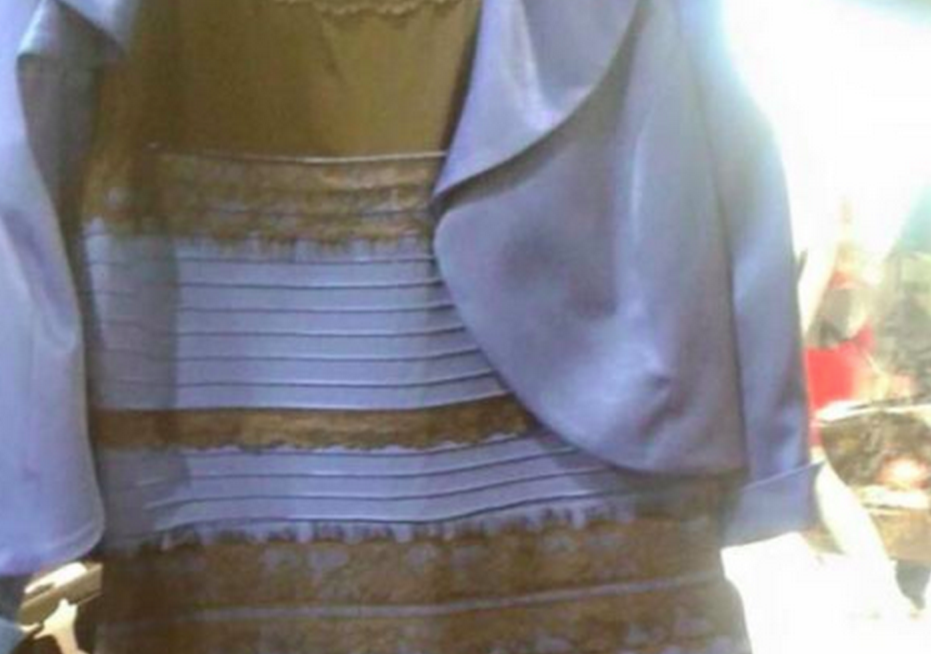
I see blue and black/grey/goldy-brown. How about you?
Anyway. What you saw isn’t really as important, in my mind, as why you saw it.
Kottke points to this pretty incredible look at how Buzzfeed managed to dominate #thedress as it moved from trend to meme to whatever it eventually became. 27 million page views. More people visited Buzzfeed’s #thedress post than live in Australia.
“This is not said as an endorsement of BuzzFeed. BuzzFeed is utterly deserving of insanely paranoid criticism just like anyone who makes money from your attention, including me. But it’s worth pointing out that their recipe for traffic seems to be: Hire tons of people; let them experiment, figure out how social media works, and repeat endlessly; with lots of snacks. Robots didn’t make this happen. It was a hint of magic, and some science.”
Anyway. En route to that thing Kottke points to, he shared a couple of nice little anecdotes that are worth capturing and filing away in the ‘stuff to use one day in a talk’ or ‘interesting life lessons’… one of Australia’s best marketing minds (in my opinion), Sean Cummins, once said at a thing I was at “genius comes through the prolific” (he said Einstein said this, but I can’t find any thing to back that up). These are nice demonstrations of that principle.
Legend has it that Pablo Picasso was sketching in the park when a bold woman approached him.
“It’s you — Picasso, the great artist! Oh, you must sketch my portrait! I insist.”
So Picasso agreed to sketch her. After studying her for a moment, he used a single pencil stroke to create her portrait. He handed the women his work of art.
“It’s perfect!” she gushed. “You managed to capture my essence with one stroke, in one moment. Thank you! How much do I owe you?”
“Five thousand dollars,” the artist replied.
“B-b-but, what?” the woman sputtered. “How could you want so much money for this picture? It only took you a second to draw it!”
To which Picasso responded, “Madame, it took me my entire life.”